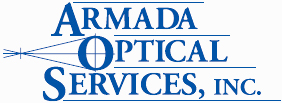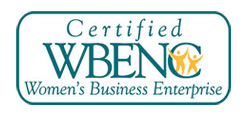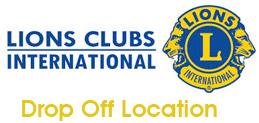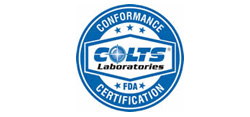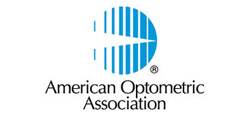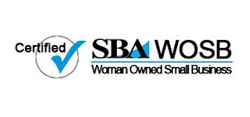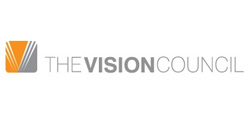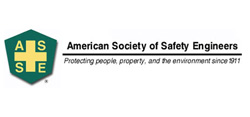EYE SAFETY MISTAKES USING DRESS GLASSES
Each day about 2000 U.S. workers have a job-related eye injury that requires medical treatment. About one third of the injuries are treated in hospital emergency departments and more than 100 of these injuries result in one or more days of lost work. The majority of these injuries result from small particles or objects striking or abrading the eye. Examples include metal slivers, wood chips, dust, and cement chips that are ejected by tools, wind blown, or fall from above a worker. Some of these objects, such as nails, staples, or slivers of wood or metal penetrate the eyeball and result in a permanent loss of vision. Large objects may also strike the eye/face, or a worker may run into an object causing blunt force trauma to the eyeball or eye socket. Chemical burns to one or both eyes from splashes of industrial chemicals or cleaning products are common. Thermal burns to the eye occur as well. Among welders, their assistants, and nearby workers, UV radiation burns (welder’s flash) routinely damage workers’ eyes and surrounding tissue...read more at
www.safevision.net/blog/entry/eye-safety-mistakes-using-dress-glasses
Eye Injuries in the Workplace and How to Avoid Them
According to the Center for Disease Control and Prevention (CDC), each day about 2000 U.S. workers have a job-related eye injury that requires medical treatment. About one third of the injuries are treated in hospital emergency departments and more than 100 of these injuries result in one or more days of lost work. You might not realize it but eye injuries alone cost more than $300 million per year in lost production time, medical expenses, and worker compensation.
As part of Arbill’s mission to ensure that every worker goes home safe at the end of every day, we are offering the following tips:
Watch out for danger - Identify workplace hazards: Eye injuries can be caused by many different hazards including impact, heat, chemicals, dust and optical radiation. Conduct a hazard assessment to determine the risk of hazards. See our Blog dated October 22nd, 2012 on Identifying Health & Safety Hazards for more information.
Select appropriate eye protection: According to OSHA, 90% of eye injuries can be prevented through the use of proper personal protective equipment (PPE). Eyewear must protect against the specific hazards employees will encounter and be properly fitted to the individual. Different styles have varying levels of comfort and must help protect certain eye dangers. Come back to Wednesday's Blog on how to select appropriate eye protection....read more at
arbill1.web11.hubspot.com/arbill-safety-blog/bid/163710/eye-injuries-in-the-workplace-and-how-to-avoid-them
Eye Injuries – Selecting Proper Eyewear
On Monday we talked about how 90% of eye injuries can be prevented by selEye Injuries PPEecting appropriate eyewear. The Occupational Safety & Health Administration (OSHA) mandates that eyewear and training be provided to all employees who are required to use Personal Protection Equipment (PPE) in the workplace.
Selecting the correct PPE can be daunting for busy employers and managers. Before you can select appropriate eye protection, you must assess the workplace and identify the hazards that necessitate the use of eye protection. OSHA dictates that employers should be aware of the possibility of multiple and simultaneous hazard exposures and be prepared to protect against the highest level of each hazard.....read more at
arbill1.web11.hubspot.com/arbill-safety-blog/bid/163719/eye-injuries-selecting-proper-eyewear
